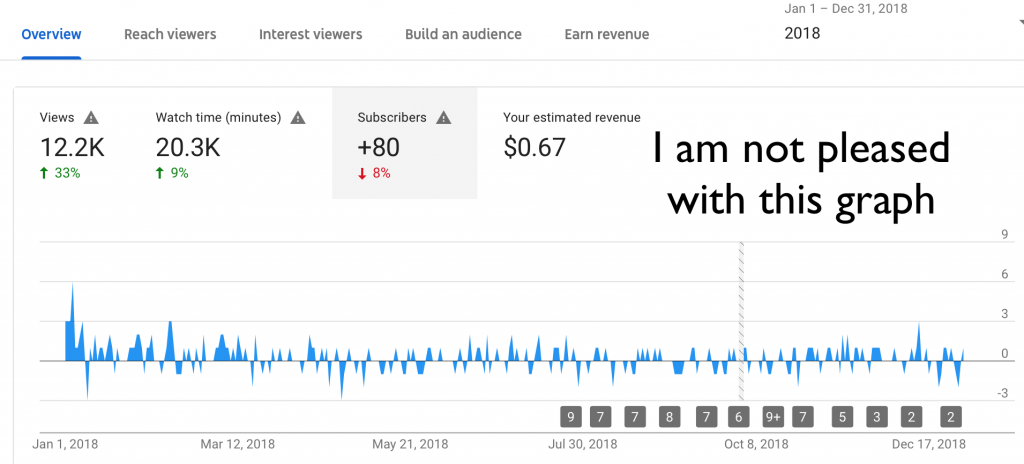Discover how to go from 9-to-5 job to full-time public speaker.
Ali Mirza is the CEO and founder of #iSocialYou, a data driven marketing agency based in Dallas, TX. In the last 10 years, he has launched his own startups and developed digital marketing solutions for several mega brands, SMBs, startups and agencies. At #iSocialYou, he helps brands build the RIGHT type of audience and generate leads & revenue using Facebook Ads and creative digital strategies. He is actively involved in Dallas community as a startup marketing mentor, advisor and a keynote speaker.
